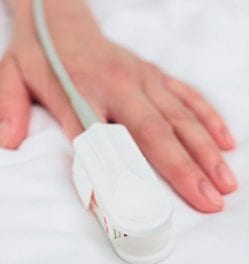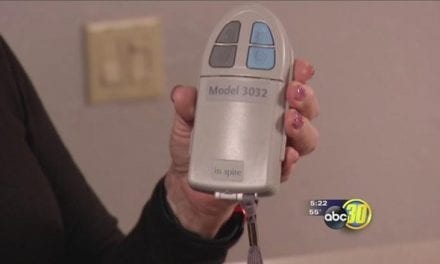MIT device not only helps record dream reports, but also guides dreams toward particular themes.
In a new paper, researchers from the Media Lab’s Fluid Interfaces group introduce a novel method called “Targeted Dream Incubation” (TDI). This protocol, implemented through an app in conjunction with a wearable sleep-tracking sensor device, not only helps record dream reports, but also guides dreams toward particular themes by repeating targeted information at sleep onset, thereby enabling incorporation of this information into dream content. The TDI method and accompanying technology serve as tools for controlled experimentation in dream study, widening avenues for research into how dreams impact emotion, creativity, memory, and beyond.
The paper, “Dormio: A Targeted Dream Incubation Device,” is co-authored by lead researcher Adam Haar Horowitz and professor of media arts and sciences Pattie Maes, who is also head of the Fluid Interfaces group. Additional authors on the paper are Tony J. Cunningham, postdoc at Beth Israel Deaconess Medical Center and Harvard Medical School, and Robert Stickgold, director of the Center for Sleep and Cognition at Beth Israel Deaconess Medical Center and professor of psychiatry at Harvard Medical School.
Previous neuroscience studies from researchers such as sleep and cognitive sciences expert Stickgold show that hypnagogia (the earliest sleep stage) is similar to the REM stage in terms of brainwaves and experience; however, unlike REM, individuals can still hear audio during hypnagogia while they dream.
“This state of mind is trippy, loose, flexible, and divergent,” explains Haar Horowitz. “It’s like turning the notch up high on mind-wandering and making it immersive — being pushed and pulled with new sensations like your body floating and falling, with your thoughts quickly snapping in and out of control.”



